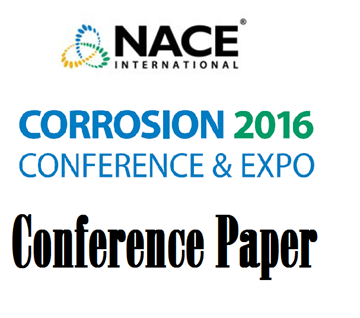Search
51314-3896-Effect of Crack Starter on K1ssc and Compliance for DCB Test
Also Purchased
51316-7203-The Effect of Notch Configuration on NACE TM0177 DCB Elastic Compliance and Recommendations for Futu
Product Number:
51316-7203-SG
ISBN:
7203 2016 CP
Publication Date:
2016
$20.00
97052 SULFIDE STRESS CRACKING: SOME OSBERVATIONS ABOUT THE DCB TEST
Product Number:
51300-97052-SG
ISBN:
97052 1997 CP
$20.00
51314-3822-K(limit) of C110 in NACE TM0177 Solution A: Influence of the Specimen Size and the Initial Crack Length
Product Number:
51314-3822-SG
ISBN:
3822 2014 CP
Publication Date:
2014
$0.00




